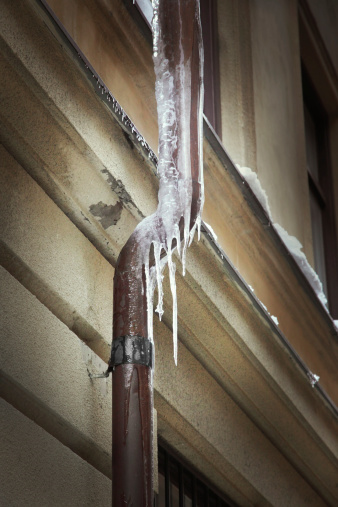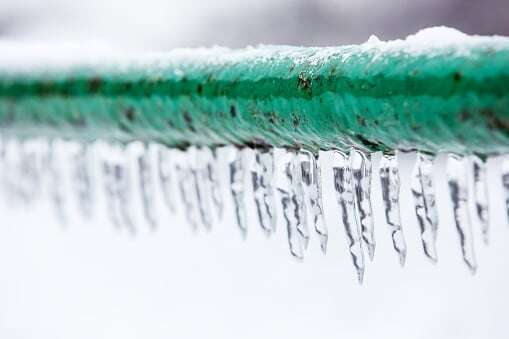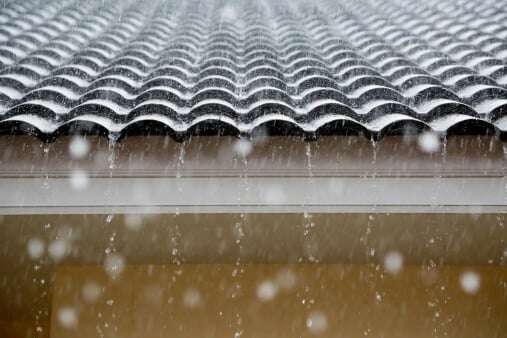 We’ve all been there before, you’re taking a shower and the temperature is so nice you haven’t thought twice about it. Then all of the sudden you’re scalded with extremely hot water and have to jump out of the way of the water stream. Then shortly after, the water turns freezing cold. This experience is no fun for anyone, and you may be wondering “why does my water keep changing temperatures?"
We’ve all been there before, you’re taking a shower and the temperature is so nice you haven’t thought twice about it. Then all of the sudden you’re scalded with extremely hot water and have to jump out of the way of the water stream. Then shortly after, the water turns freezing cold. This experience is no fun for anyone, and you may be wondering “why does my water keep changing temperatures?"
Of course this isn’t limited to just the shower – it can happen at any temperature controlled source of water. Here we will list the common reasons this happens and the possible solutions to the problem.
Sharing Water – Can’t We All Just Get Along?
You may have noticed that a common reason your water temperature changes is because someone or something else is using water. Here are some common culprits:
Toilet Flushing – when a toilet is flushed, it requires new cold water to fill the toilet bowl. When this happens there is less cold water in the pipes for your shower, thus making your water suddenly get hot.
Dishwasher – a dishwasher uses hot water, and when this happens it will cause less hot water to be in your system thereby making your shower colder.
Washing Machine – depending on your washing machine, it will use hot, warm or cold water at various times throughout the wash cycle.
Shower/Bath Tub – if you’re in the shower this could be someone in another shower or bath tub. Or, if you’re washing dishes by hand and someone is in the shower their water use may affect your temperature at the faucet.
There’s no doubt there is a competition for your water. Other causes for your water temperature variations can be due to the structure of your plumbing, or a faulty mixing valve (which we’ll talk more about further down).
Play the Blame Game? Or Is there a Better Fix?
You may feel like your only option is to play the blame game – “Why did you flush the toilet when you knew I was in the shower?!” You can minimize some of these problems by putting a “freeze” (no pun intended) on water use in your house or apartment.
However, this isn’t ideal and if you’re in an apartment you can’t control what goes on with the neighboring units.
Lifehacker.com gives some ideas for how to fix this water temperature problem:
Reducing Toilet Water
You can reduce how quickly the toilet uses water by simply closing the supply valve slightly. This means the toilet will take longer to fill, but will reduce the temperature fluctuation in the shower. Adjusting the supply valve can also have negative side effects, such as increased fill times and noise. You can also reduce the overall amount of water the toilet needs by either buying a low flow toilet, or placing a brick, jug of water, or other object in the tank. However, this method will reduce the amount of water available for each flush, so you may encounter difficulty clearing solids from the bowl.
Smarter Mixing
Installing a new mixing valve in the shower can reduce or eliminate the temperature fluctuations. Thermostatic mixing valves automatically balance the amount of hot and cold water being mixed, which will prevent drastic fluctuations in shower temperature. If the cold water flow is reduced (due to a toilet flush), the valve automatically adjusts the amount of hot water being mixed. This keeps the shower temperature more consistent, even when other fixtures are using water.
Increasing Available Water
Increasing the amount of water available in the system can alleviate the problem, but will likely require a major change to the plumbing. If you have a trunk and branch system, increasing the trunk pipe diameter and/or the branch pipe diameter (if the branch feeds the entire room) will increase the amount of water available to the fixtures.
Distributing Water Evenly
A more drastic solution would be to install a manifold with home runs. This would likely require a major plumbing renovation, with almost all of the plumbing changed. In this type of system, there is a central load balancing manifold. Then for each fixture in the house, a dedicated pipe is run between the fixture and the manifold.
Read more at Lifehacker.com
While the problem is clear, the solutions are varied. But the good news is there are some fixes to look into. If you’re dealing with this constant problem in your home, call one of our Expert Plumbers today. We can help you figure out the source of your scalding and freezing problems and talk with you about solutions.








